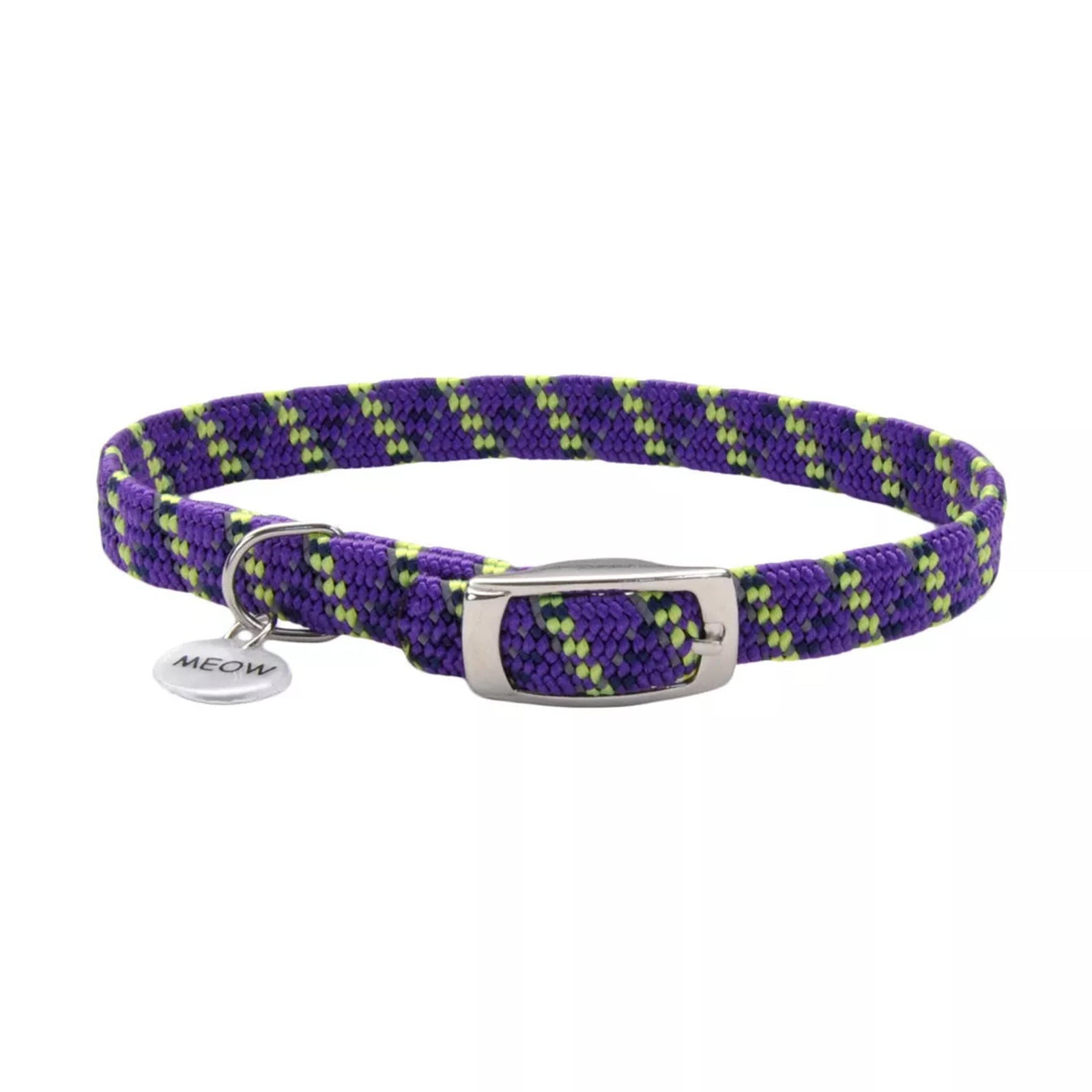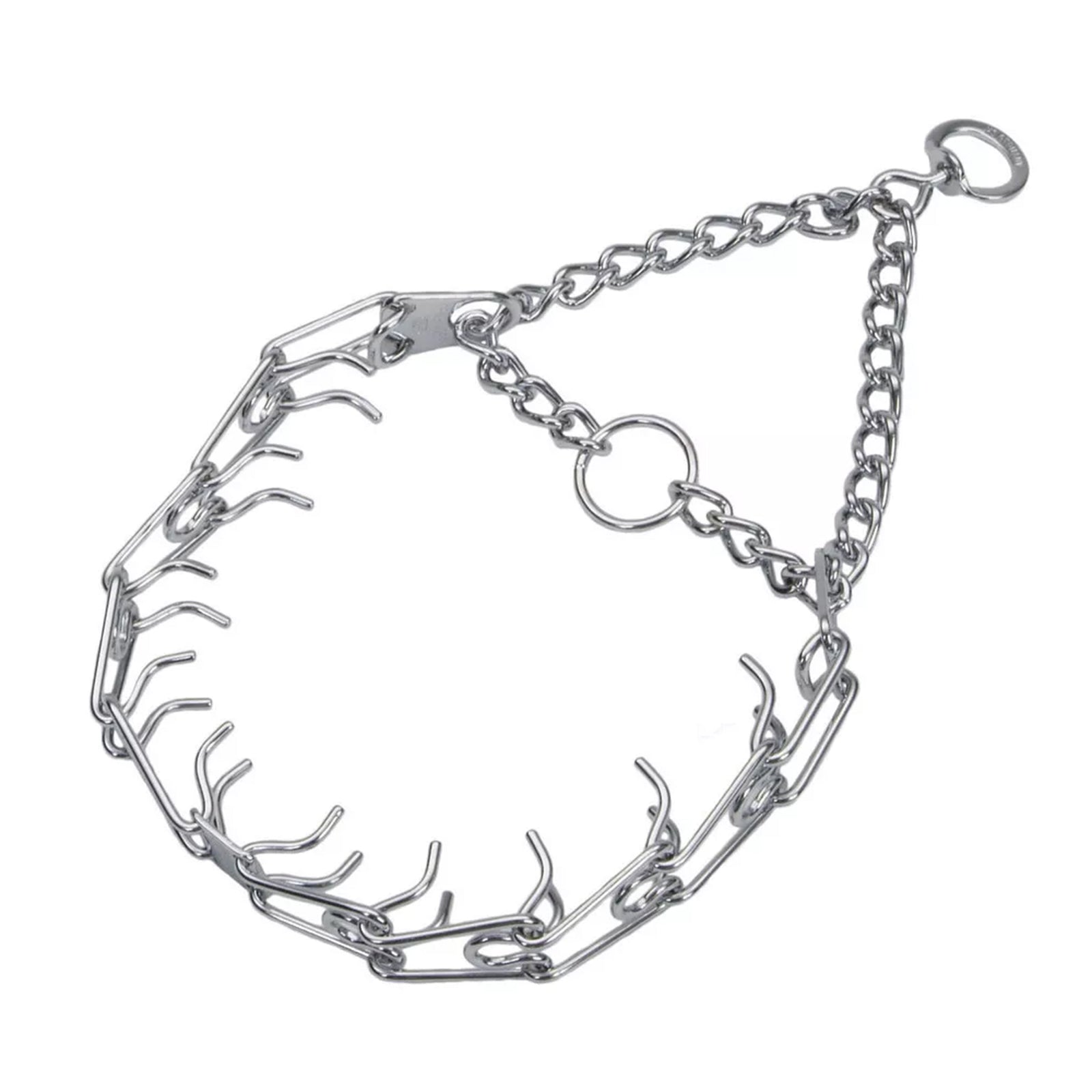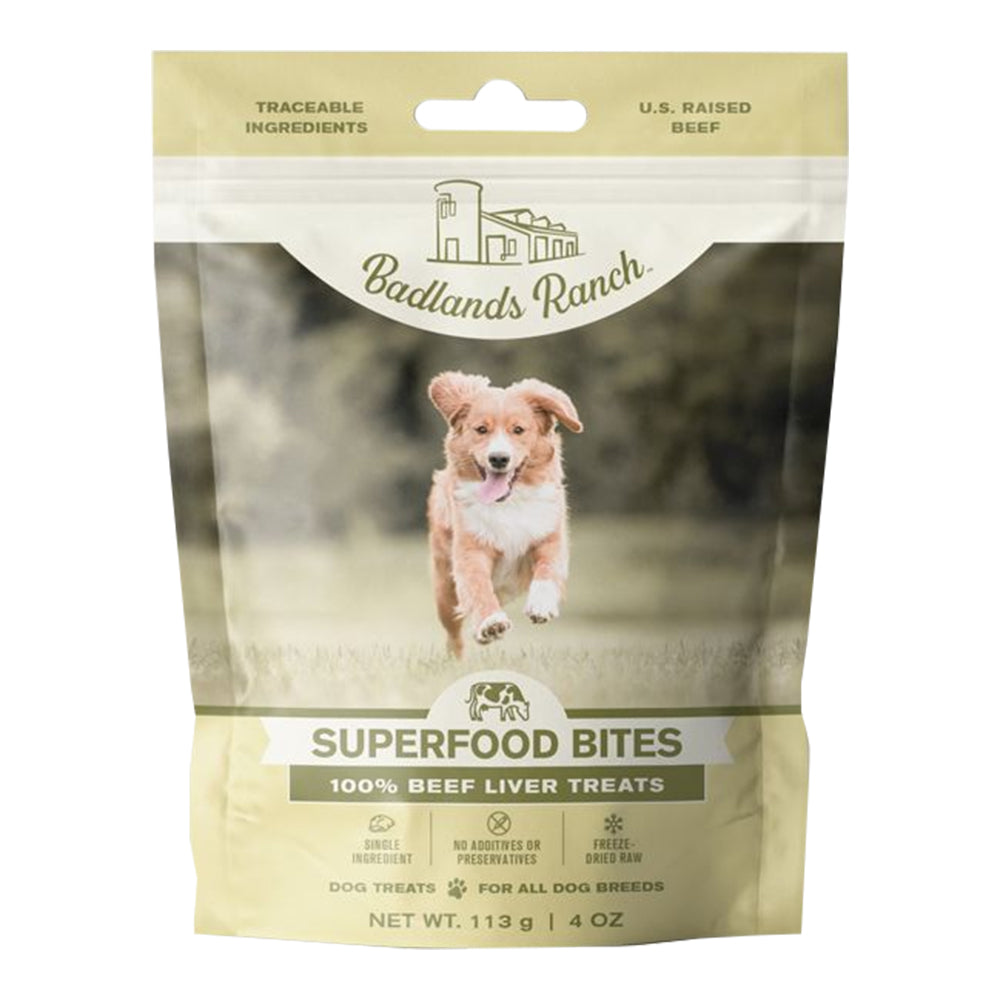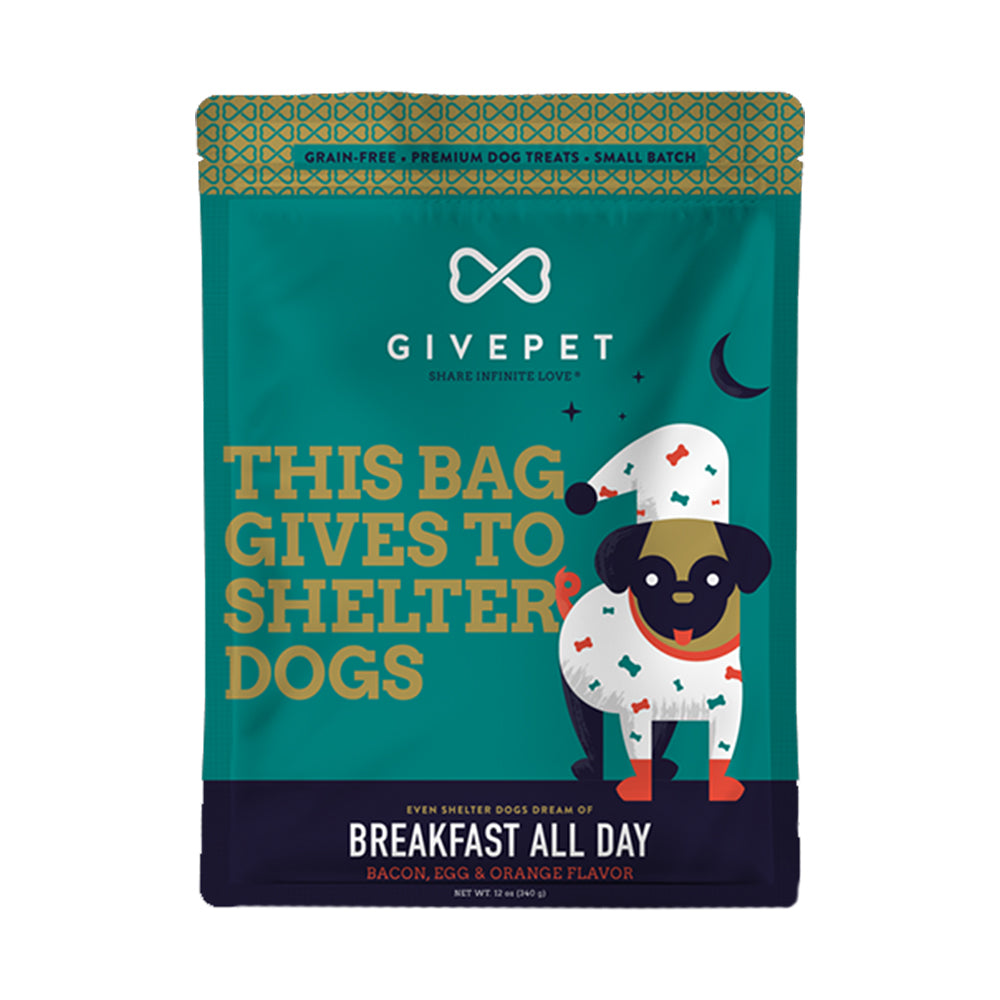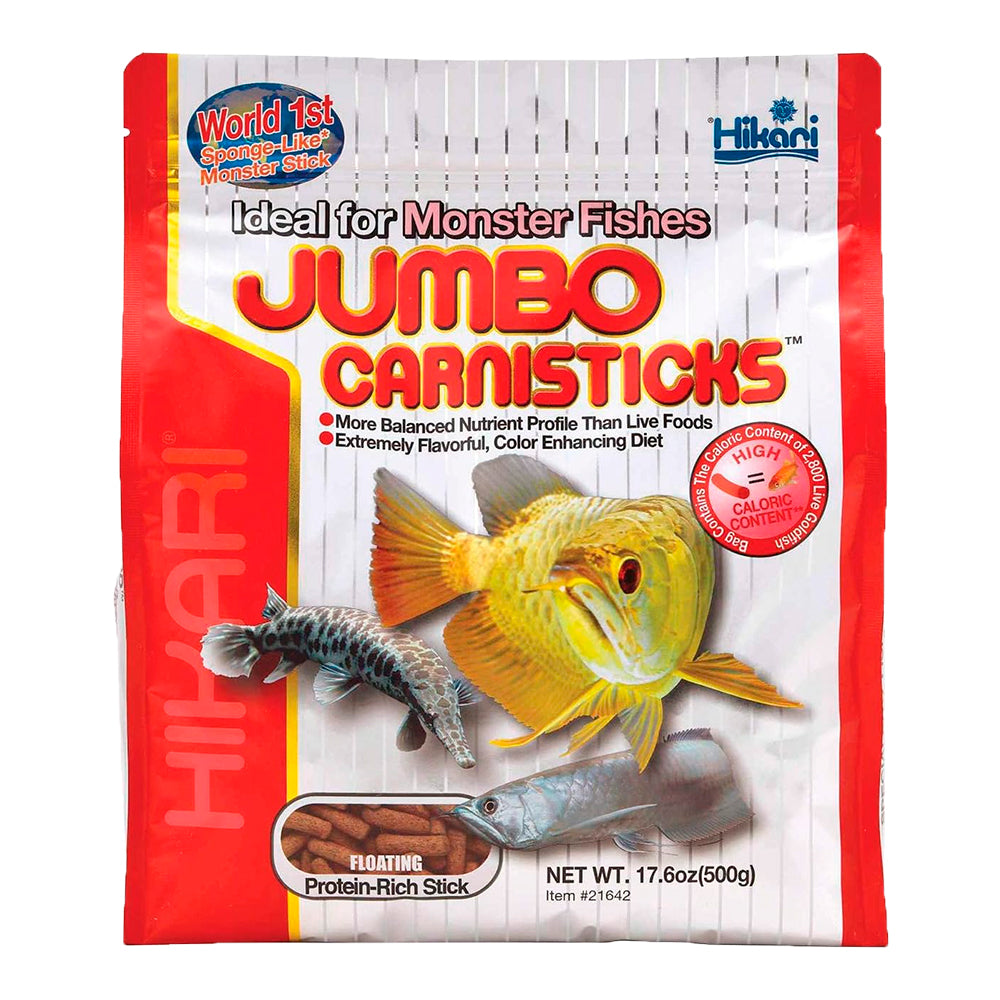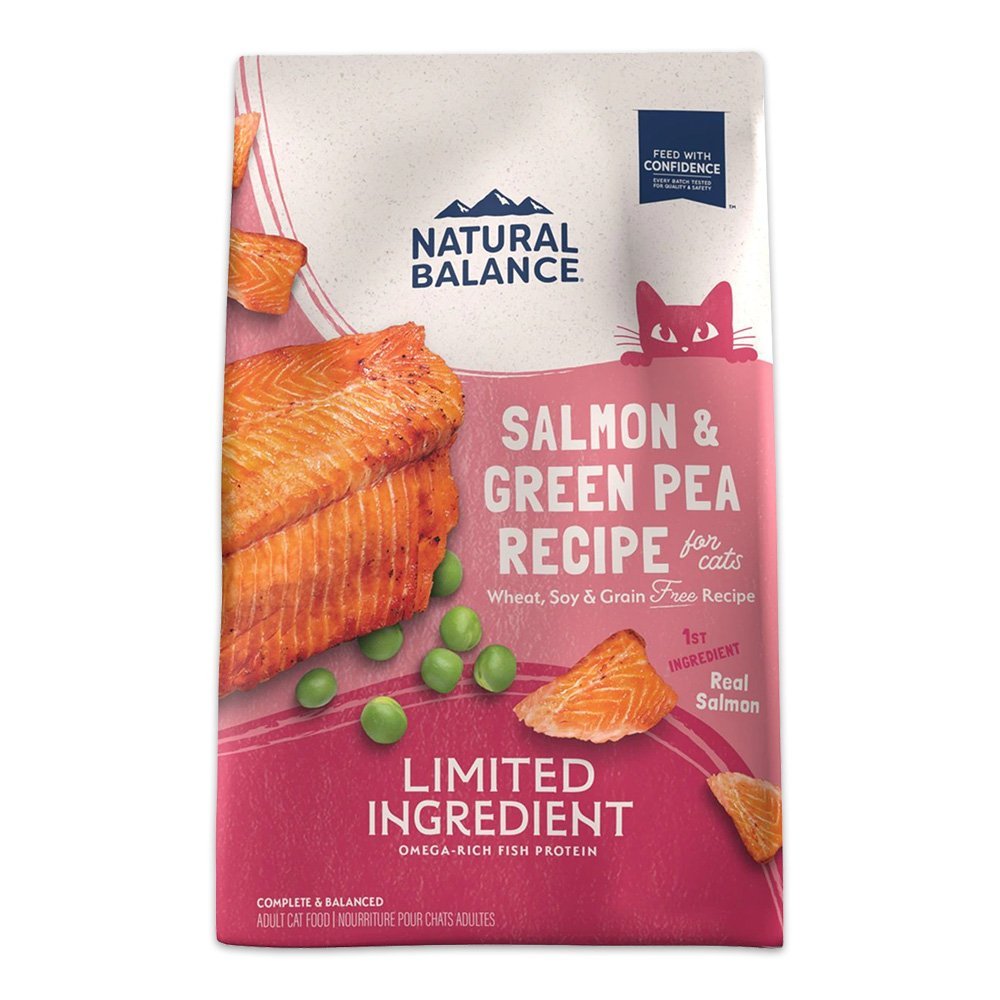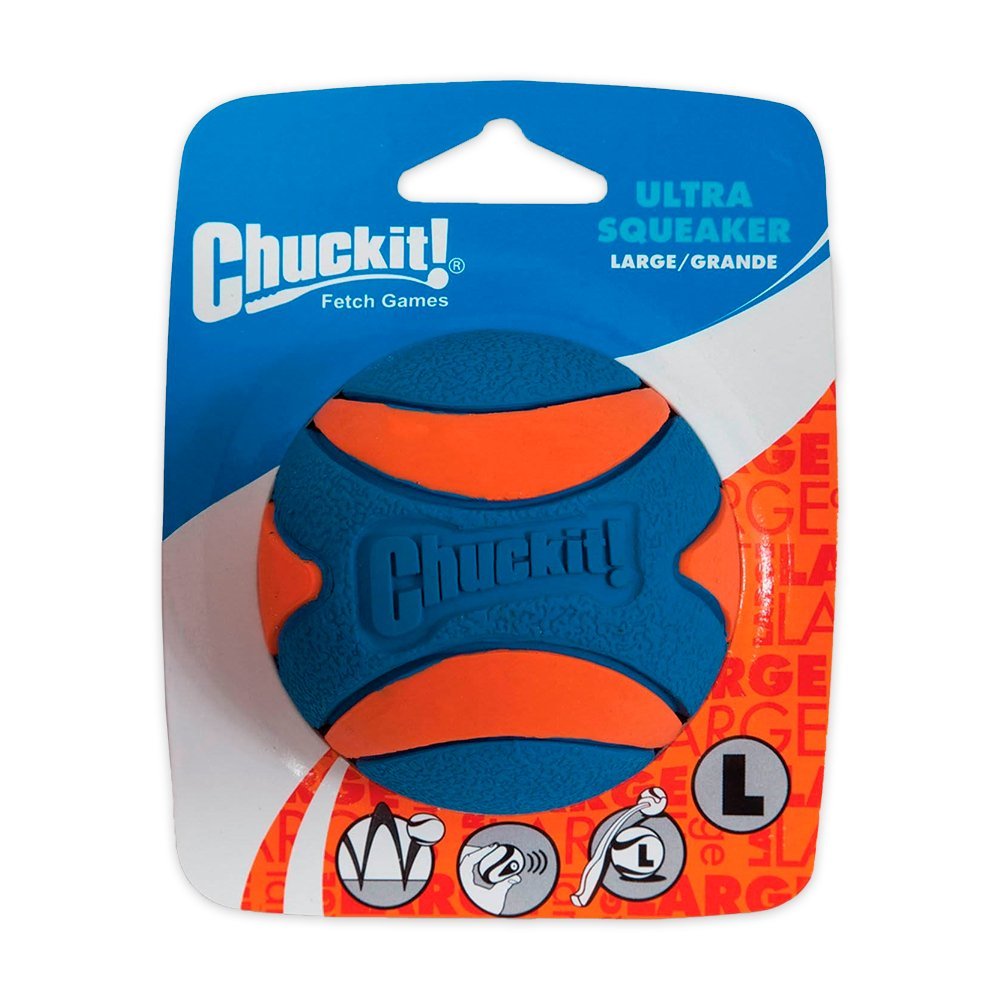Being a dog parent, this question has definitely crossed your mind: “Should I feed my dog wet food or dry food?” It’s like the same trouble of choosing between pizza vs pasta. You know both are delicious, but which one is the true winner?
In this blog, we’ll tackle the epic battle of dog wet food vs dry food in a super fun and easy-to-read way. We’ll break down their pros and cons and share vet insights. Also, we will answer some juicy FAQs. By the end, you’ll be ready to pick the Best Dog Food for your pup!
What is Dry Dog Food?
Dry dog food is also very well known as dry kibble. It is made from meat or meat products mixed with various ingredients, grains, vegetables, minerals, and vitamins into a dough-like consistency. This dry dog food mixture is extruded, cooked, and dried to make bite-sized kibble pieces. Here are some of the pros and cons of dry dog food.
Benefits of Dry Dog Food
Now, let’s give the crunchy kibble some love! Dry dog food is packed with perks:
1. Crunchy Dental Helper
The crunchy texture of dry dog food helps keep gums in top-notch condition. It’s not a complete substitute for brushing, no doubt. However, it’s definitely a bonus for treating gum issues.
2. Long-Lasting and Convenient
Dry dog food stays fresh for weeks or even months. So, you can leave the worry about refrigeration or messy clean-ups!
3. Budget-Friendly
Dry dog food usually does not dig a hole in the pocket. It’s more affordable, especially for larger breeds that eat a lot.
4. High-Calorie Density
Dry dog food packs more calories per cup compared to wet food. This is perfect for dogs needing power and strength all the time.
5. Easier Storage and Portion Control
Dry kibble comes in handy in resealable bags. So, it is super easy to scoop, measure, and store.
Read More - Ditch the Grains: Discover the Benefits for Your Furry Friend!
Disadvantages of Dry Dog Food
-
Lower Moisture Content: The dry dog food mainly contains about 10% moisture, which is significantly low if we compare wet vs dry dog foods. This can be a major drawback for dogs that struggle to stay adequately hydrated.
-
Palatability: Many dogs are not quite fond of dry dog food compared to wet food as a palette. Picky eaters with dental issues are not enthusiastic about eating dry food, so try wet food for them and make them happy.
-
Processing Methods: The extrusion and drying processes used in making dry dog food can destroy certain nutrients. While these nutrients are often added back during formulation, the food may still be less "natural" than wet food.
-
Potential Allergens: Many dry dog foods contain common allergens like grains, which can be problematic for dogs with food sensitivities or allergies. However, there are grain-free options available.
-
Portion Size: Due to its calorie density, it can be easier to overfeed with dry dog food if portion sizes are not carefully monitored. This may contribute to weight gain in some dogs.
Top Dry Dog Food Picks from Kwik Pets
|
Product Name |
Brand |
Key Features |
|
IAMS High Protein Large Breed Adult Dry Dog Food Real Chicken |
IAMS |
Gives priority to strengthening bone with tailored fiber blend for gut health |
|
AvoDerm Natural Original Lamb Meal & Brown Rice Recipe Dry Dog Food |
AvoDerm |
Contains avocado for healthy skin and coat; no wheat, corn, or artificial preservatives |
|
Pedigree Complete Nutrition Tender Bites Small Breed Adult Dry Dog Food Chicken & Steak |
Pedigree |
Soft and crunchy bites; enriched with omega-6 fatty acids and zinc for skin and coat health |
|
Lucy Pet Products Formula for Life L.I.D. Dry Dog Food |
Lucy Pet |
Limited ingredient diet; includes prebiotics for gut health; no artificial preservatives |
What is Wet Dog Food?
In the age-old debate of dry dog food vs wet dog food, wet dog food is quite famous. It is commercial dog food that comes in canned, semi-moist, and pouch format. It contains a higher moisture content compared to dry dog food. Wet dog food is made by blending various ingredients such as meat, grains, vegetables, and vitamins.
Benefits of Wet Dog Food
When we talk about wet dog food, one thing is for sure: this food option is scrumptious. It is like that cheesy layered pizza for your pal that they can’t say no to. It’s tasty, moist, and your pup will start happy dancing once they see it.
Here are the top reasons to consider adding best wet food for dogs to your furry friend’s mealtime:
1. Super Yummy for Picky Pups
Some dogs start showing tantrums when given dry kibble. But when they see (or smell!) wet food, they just love it. The aromatic smell and softness make them irresistible.
2. Hydration Boost
Wet food contains around 70-85% moisture. So, what better way to keep your dog hydrated? This is especially handy if your pup drinks very few portions of water the whole day.
3. Easier to Chew
The best part of wet food is easier to chomp and gulp. It’s soft, gentle on the gums. This is why they don’t require much crunching.
4. Leading in the Market
The global wet pet food market was valued at USD 25.4 billion in 2023. It is projected to grow to USD 31.7 billion by 2028, according to MarketsandMarkets.
5. Lower in Calories Per Gram
Wet food tends to have fewer calories per gram than dry kibble. This can be helpful if you’re trying to follow a strict diet for your pal.
6. Variety is the Spice of Life!
Wet food often comes in a scrumptious variety. It is available in chunks in gravy, pâté, and stews. All in all, you can provide a gourmet platter to your dog!

Disadvantages of Wet Dog Food
-
Cost of Wet Dog Food: In dogs dry dog food vs wet dog food, the wet is generally more expensive per serving than dry kibble. The higher moisture content means you need to feed your dog larger portions.
-
Refrigeration Required: After opening, wet dog food must be refrigerated to prevent spoilage. This can be less convenient for pet owners, mainly if they have limited refrigerator space or travel frequently with their pets.
-
Shorter Shelf Life: In wet dog food vs dry, the wet has a shorter shelf life once opened compared to dry kibble, which can lead to food wastage if not used promptly.
-
Dental Health: The lack of chewing action with wet dog food can contribute to dental issues such as plaque and tartar buildup. Some pet owners address this by combining wet and dry food or providing dental chews.
-
Allergen Concerns: Certain wet dog food formulations may contain common allergens like grains or artificial additives, which can be problematic for dogs with food sensitivities or allergies.
Top Wet Dog Food Picks from Kwik Pets
|
Product Name |
Brand |
Key Features |
|
Pedigree Chopped Ground Dinner Adult Wet Dog Food |
Pedigree |
Ground chicken and rice formula; suitable for adult dogs; easy to digest |
|
Cesar Sunrise Classic Loaf in Sauce Adult Wet Dog Food |
Cesar |
Loaf in sauce with grilled steak and eggs; suitable for small breeds; convenient single-serving size |
|
Pedigree Homestyle Meals Adult Wet Dog Food Pack |
Pedigree |
Homestyle meals with prime rib and roasted chicken; balanced nutrition; easy-to-open trays |
Read more: How to Care for Your Dog Every Day: Nutrition, Grooming, Exercise, and More
Dog Wet Food vs Dry Food: Quick Comparison Table
Let’s go through this handy table first. It will give you a quick snapshot of what each type brings to the bowl:
|
Feature |
Wet Dog Food |
Dry Dog Food |
|
Moisture Content |
||
|
Shelf Life (Opened) |
1-3 days (refrigerated) |
Weeks to months |
|
Calorie Density |
Lower per gram |
Higher per gram |
|
Texture |
Soft, easy to chew |
Crunchy, helps with teeth cleaning |
|
Palatability |
Super tasty! |
Dogs love the crunch too |
|
Best for |
Picky eaters, hydration support |
Dogs who love to crunch, dental benefits |
|
Cost |
Usually more expensive |
More budget-friendly |
|
Convenience |
Needs refrigeration, can be messy |
Easy to store and serve |
When to Choose Wet Food Over Dry (or Vice Versa)
Alright, so which one should you pick? Here’s a little cheat sheet to help you decide:
When to Choose Wet Food:
- Your dog is a fussy eater and shows tantrums while eating.
- Your pup struggles to drink enough water.
- You have an ageing dog or one with gum issues.
-
You’re looking for a lower-calorie meal option.
When to Choose Dry Food:
- You want an easy, no-fuss mealtime solution.
- Your dog loves to crunch and chew.
- You’re on a tighter budget.
-
Your pup needs high-calorie, high-energy fuel.
When to Mix Both:
- You want the best from both the food options!
- Your dog enjoys variety.
- You’re looking for balanced nutrition with added hydration.
Can You Mix Wet and Dry Dog Food?
Oh, absolutely! Mixing wet and dry food can create a mealtime happiness. Here’s how:
- Palatability boost: Dry food might be a bit boring alone. However, a spoonful of wet food jazzes its taste!
- Texture magic: Crunchy + soft = happy dog.
- Balanced nutrition: Combining the two can help you get the perfect nutrient mix for your pup.
Just be sure to take a note of the total calorie count. This can make sure that your dog doesn’t accidentally pack on extra pounds. Mixing them can be a great way to transition picky eaters to new foods.
Vet Recommendations: What Professionals Say About Dog Wet Food vs Dry Food
Let’s hear what the pros have to say! According to veterinarians:
Both wet and dry foods are nutritionally complete. Just be sure to pick high-quality brands. So either can be part of a balanced diet.
-
Dental health: Dry food’s crunch helps keep teeth in top-notch condition. However, don’t skip the toothbrush!
-
Hydration: Wet food is a hydration helper. This works amazingly for dogs who don’t drink much water.
-
Picky eaters: Wet food is usually more enticing.
- Mixing it up: Many vets actually recommend mixing wet and dry food for variety. This can keep your dog engaged at mealtime.
- Remember: Every dog has its own uniqueness! Some thrive on crunchy kibble, while others go nuts for juicy wet food. The Best Dog Food for your pup depends on their different characteristics.
Ready to find the best for your dog? Here’s a fun challenge:
Try a mini taste test! Serve your pup a bit of wet food, dry food, and a mix of both. Watch their reactions and see what they love most. Trust us, it’s a doggy delight show you don’t want to miss.
Final Thoughts: The Tail-Wagging Verdict
So, what should you choose from a pet store: dog wet food vs dry food? Here’s the truth: no one size is good for all dogs.
- Wet food is juicy, tasty, and hydrating. It is perfect for fussy eaters and dogs needing extra water in their diet.
- Dry food is crunchy and convenient. It is ideal for dental support and active pups who need calorie-dense meals.
The best part? You don’t have to choose just one! Many dog parents find that combining wet and dry food can double the benefits.
As you decide what’s best for your dog, don’t forget to keep an eye on the ratings. Look for best wet food for dogs and best dry dog food brands that have rave reviews and meet high-quality standards.
And if you’re still not sure? Have a quick chat with your vet. They’re your best partner when in doubt.





